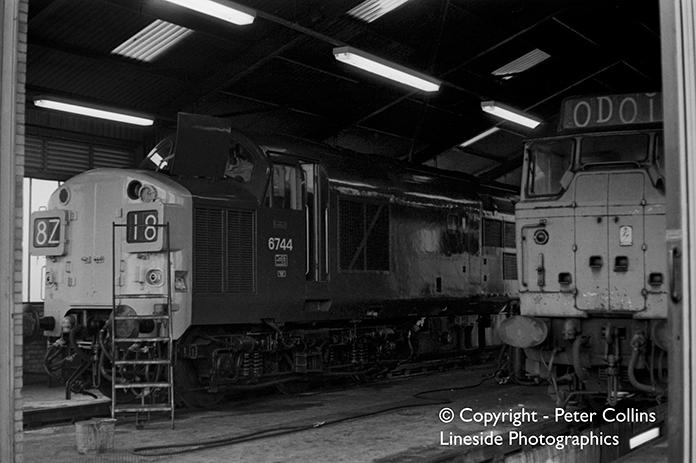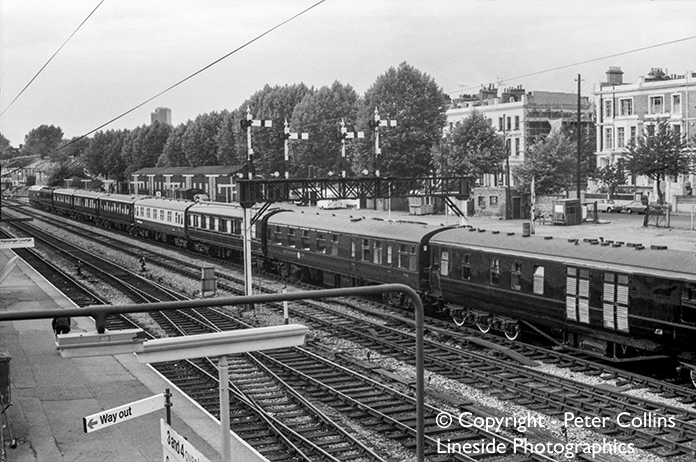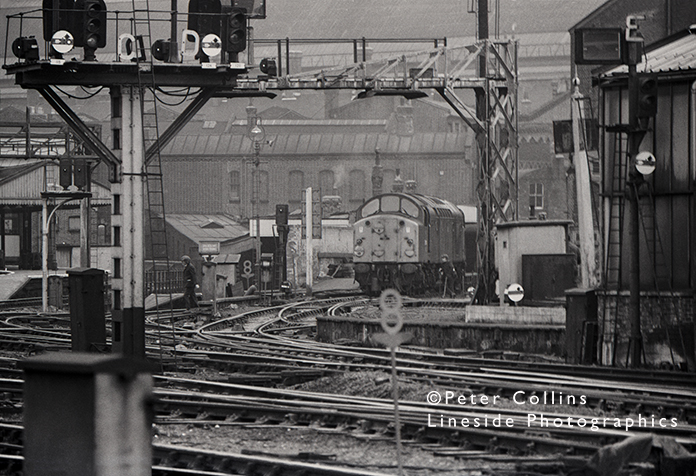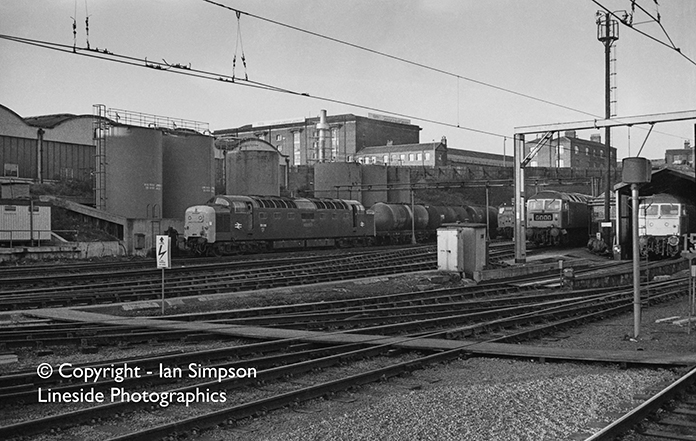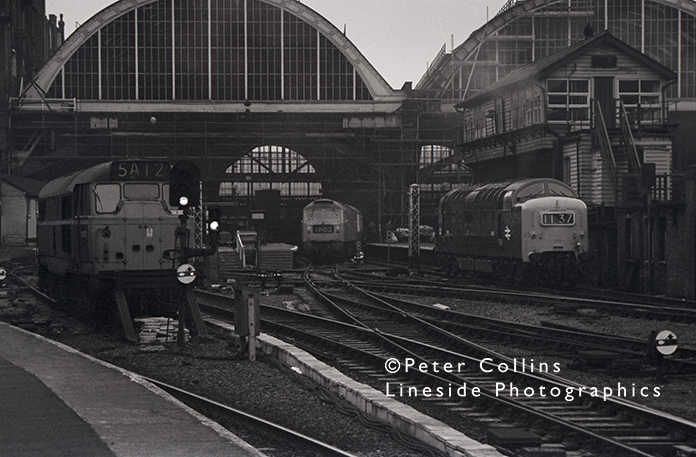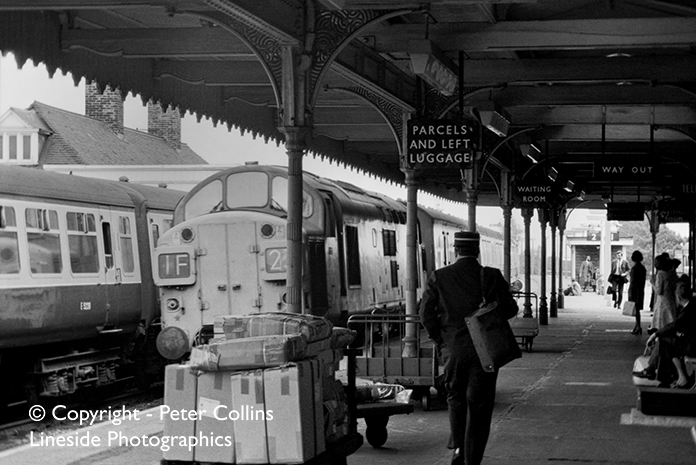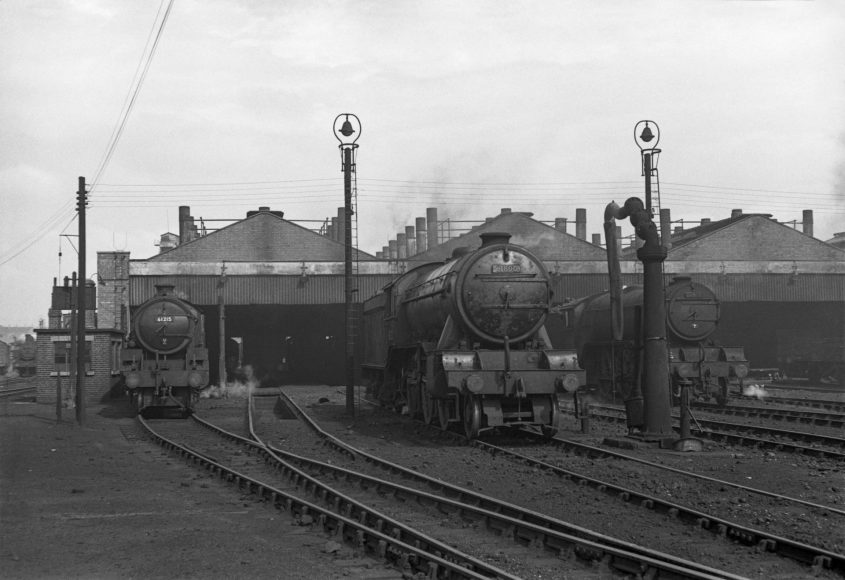
K3 61800 of Doncaster shed (36A) and V2 60909 of Grantham shed (34F) all waiting their next duties.
BR Steam – a New Collection
After a break (for many reasons) we are back. We are adding new photographs to purchase from our extensive collection, starting with a new Collection of BR Steam.
All photographs are scanned and enhanced from negatives to ensure the best quality at an image size that suits you. The way you can buy images is also changing. We will be detailing that in a forthcoming post describing our product offerings.
We are constantly searching for new images to bring to our customers. It’s not possible to pay the ridiculous prices for some original and quality images, but we do try to offer variety and to provide detailed information on the photographs.
The photograph seen above is a case in point. The three locomotives are sat outside Doncaster shed. No place or date was stated in the sale, but a bit of detective work pays off. Using shed allocations for all three engines we can narrow down the date to between June 1959 and June 1960. Thompson B1 61215 was allocated to Hull Dairycoats shed on 14th June 1959. Gresley K3 61800 was all allocated to Doncaster on 7th February 1959, but as no smokebox shed plate is visible, this does not help us.
However, Gresley V2 60909 was allocated to Grantham shed between 12th June 1960 and 9th October 1960, giving us the year the picture was taken.
It is often the detective work necessary to provide a detailed caption for photographs that bring them to life! Whilst some photographs are simply records from a day out, others have been planned to record history.
This photograph records a normal working day 62 years ago…



